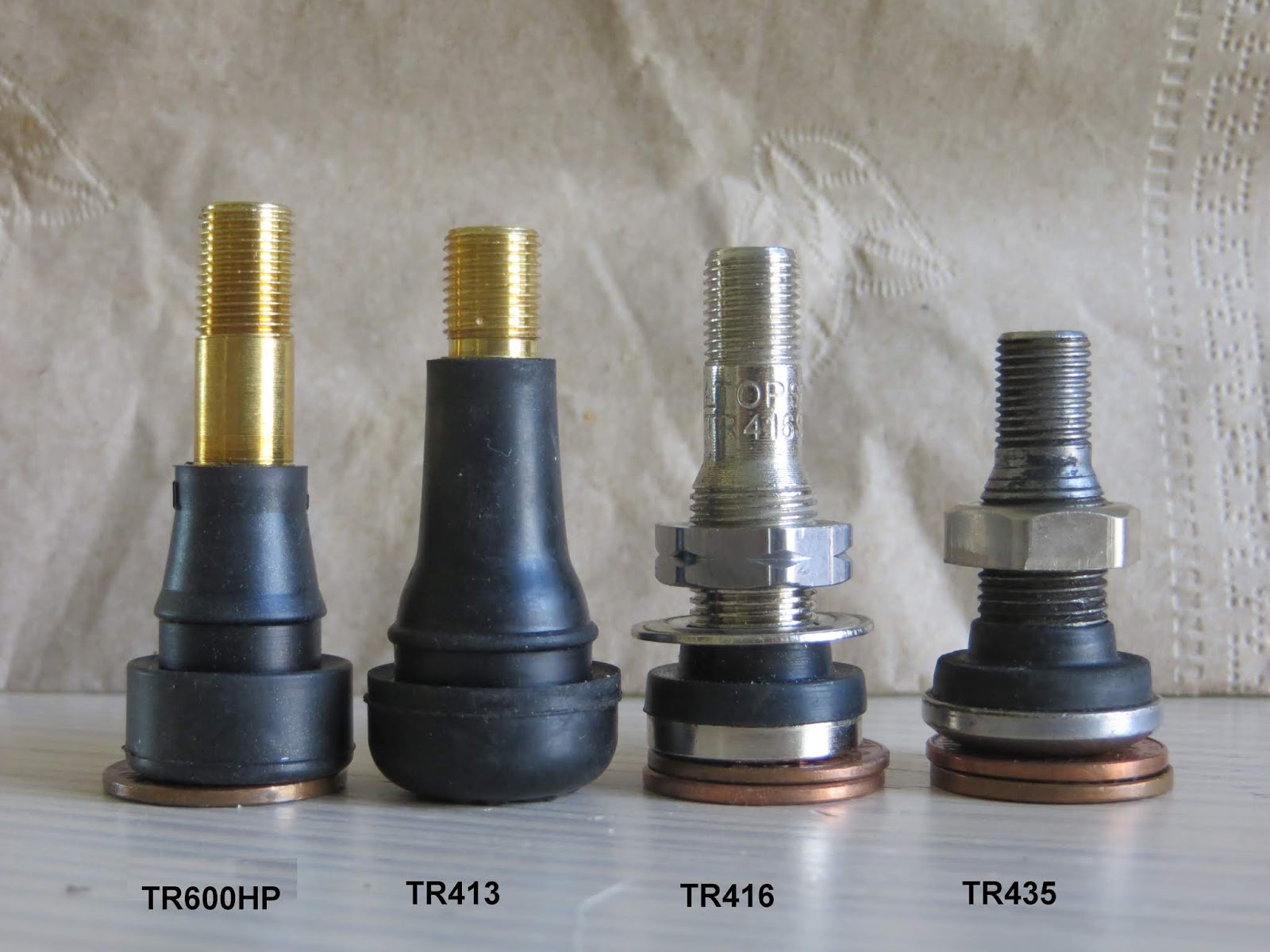My answer is that while those words or similar may be on the sidewall, those words are NOT to be taken literally as an instruction because those words are in reality only PART of an important phrase.
In reality your tires more likely say something like "Max Load 2500 pounds at 80 PSI Max Inflation". Of course different vehicles will have different size and type tires but we are looking at some general guidelines here.
Do you see and understand that the actual information the tire company is telling you is that the tire has a maximum load capacity of 2,500 pounds when it is inflated to 80 Psi? Most people understand that the load capacity of a tire is controlled and limited by the inflation in the tire, so this phrase is telling us that the load capacity of the subject tire will never be greater than 2,500 pounds even if you increase the inflation pressure
The loads and inflation are published in industry standards books such as the US Tire & Rim Association. Almost all tires made for sale and use in the US will follow the industry standards book AKA "TRA".
I believe that the RV company engineers either have copies of the books or at least copies of the applicable pages.
As always, you need to remember we are ALWAYS talking about the "cold" inflation which means when the tire is at Ambient air temperature and has not been driven or in direct sunlight for the previous couple of hours. If I ever talk about the warm or hot inflation that will be made obvious in that post.
Every vehicle has a Certification Label. This image is from a Class-A RV.
The specifics of this individual label are not important as you should have captured a nice, sharp picture of the label for your RV. Class-A has the label usually near the driver's left elbow, Class B & C and LT have the label in the driver door jam and towables (TT and 5th wheel trailers) have the label on the outside, driver side, toward the front of the trailer.
The label states the Tire Size, and the recommended inflation if it is a passenger car. If it is an RV it will give the GAWR, Tire Size, Tire Load Range, and the inflation required to support the GAWR. Passenger car and pick-up truck inflation is arrived at after years of testing and evaluation of different tire designs from different manufacturers at different inflation that balance the requirements on a long list (hundreds of items) from the vehicle company. These requirements include Force & Moment test results and fuel economy plus dozens of detailed ratings within each category for Ride, Handling, and Noise. Car inflation is a "Recommendation" from the engineers at the car company aimed at giving you the performance they designed into the car.
I have never heard of RV companies evaluating tires. It seems that they generally look for the lowest-cost tire that can provide the load capacity required by law. This usually means for towables that the tires would need to be inflated to the level required to deliver the max load capacity. A few RV companies are selecting better tires with Nylon Cap Ply but you need to pay attention.
The inflation number on a tire sidewall is the PSI
needed to deliver the Max Load rating stated on the tire. Normally tire
load capacity is increased with an increase in inflation and that would
normally mean you would increase the inflation, BUT since the tire was
selected for its max load capacity as stated on the tire sidewall, the
inflation that will deliver the highest load capacity for that tire is
the "MAX infl" which is NOT the highest inflation the tire can tolerate.
Yes, the wording can be confusing but the wording was not selected with the average user in mind.
Motorhomes
are built on chassis built and designed by vehicle manufacturers so the
tires on Motorhomes will many times have inflation on the label that is
lower than the tire max because the tires were evaluated and selected
by the vehicle chassis manufacturer.
Many towables are built with minimal capacity for additional "stuff" but many people load their RV with no thought to the load capacity. This is why the data shows that over half the RV on the road have one or more tire or axle in overload. This is a major contributor to tire failures and why there are so many RV trailer tire failures.
Too often on RV forums, people do not pay attention to what type of vehicle is being discussed A Passenger car (or 1/2 tom Pickup) or a Motorhome or a Trailer (5th wheel). These three completely different types of vehicles require three different guidelines and inflation information. This failure to be specific with the vehicle type is why people get confused.









